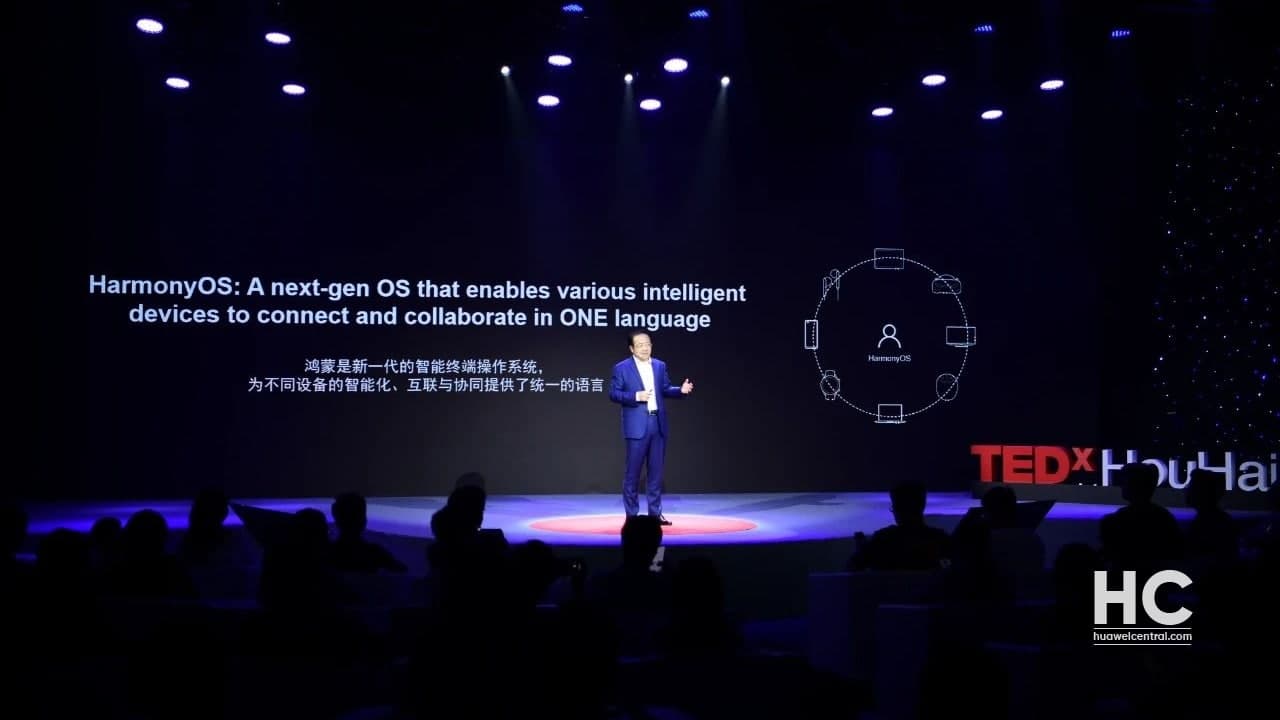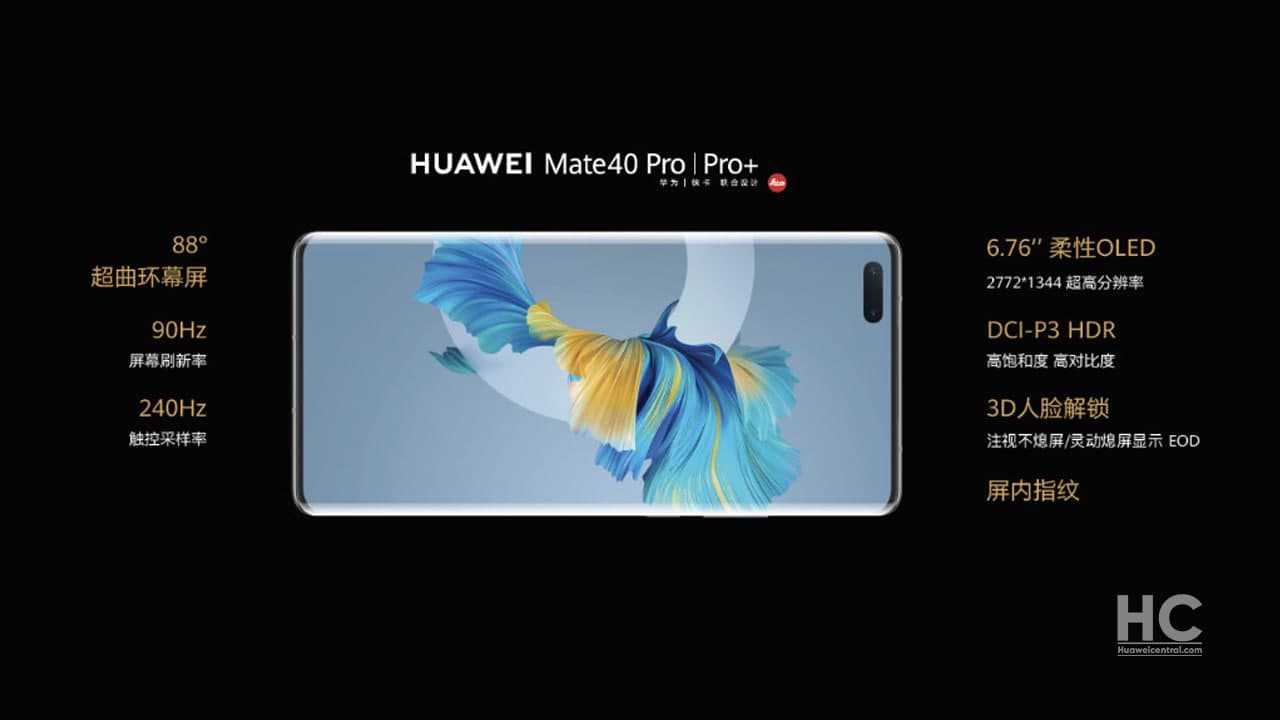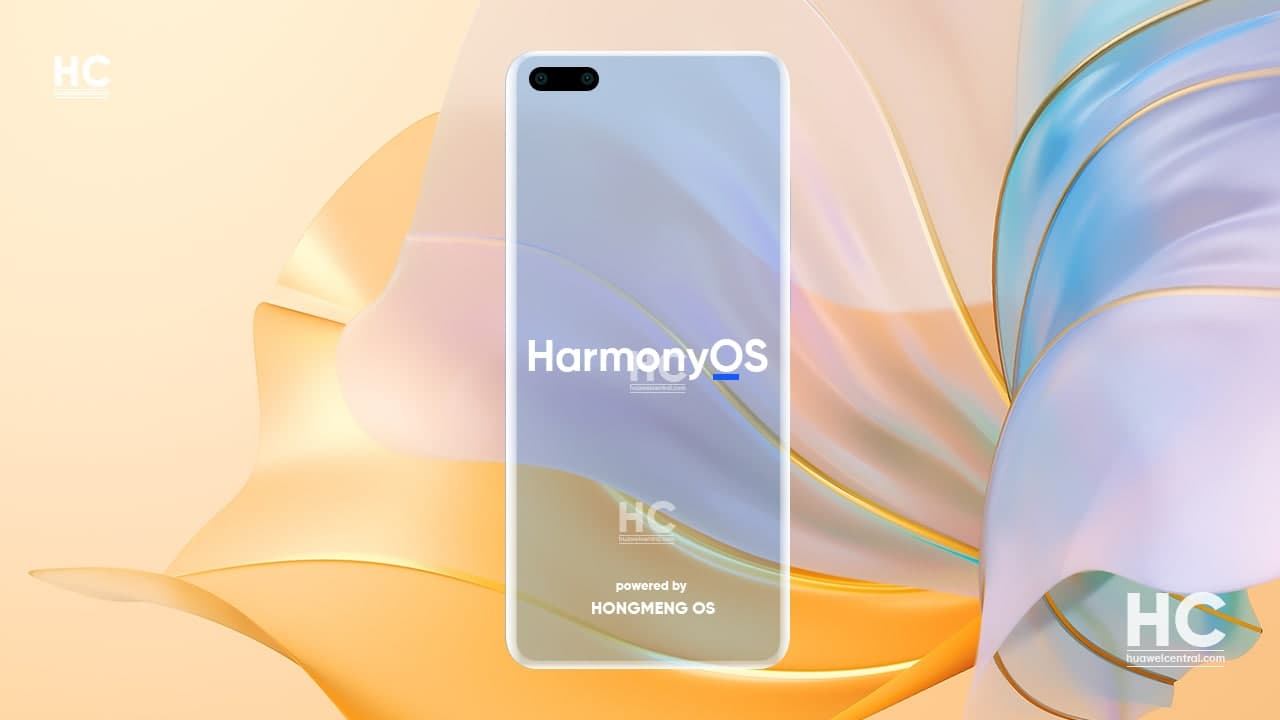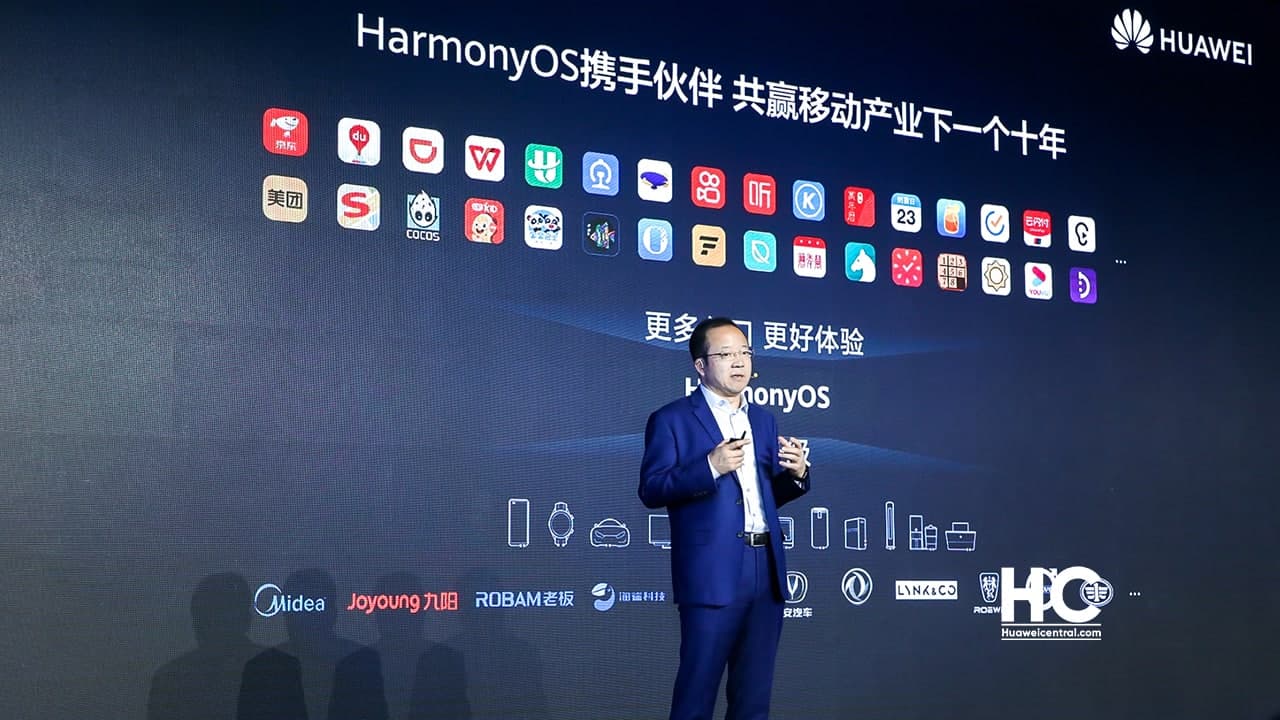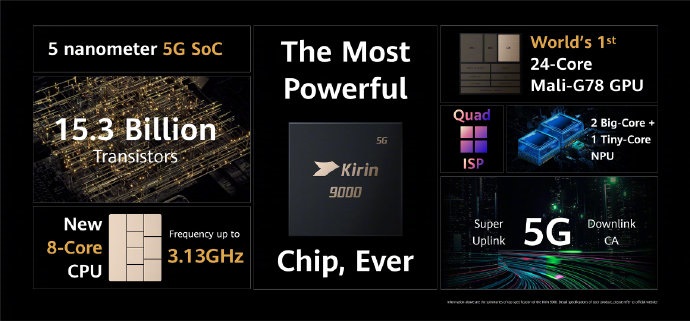HarmonyOS
Huawei HarmonyOS: A challenge to gain 16 percent of the total operating system market share
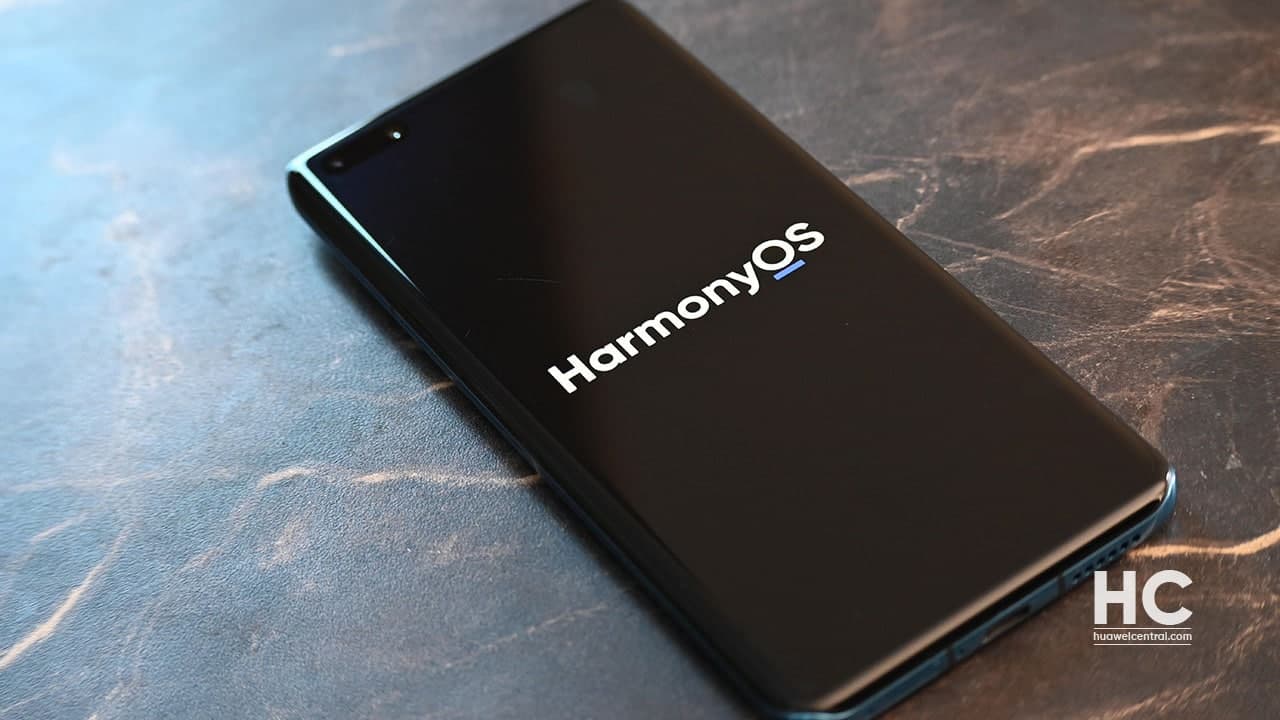
On May 18, Huawei held the HarmonyOS Connect event, where the top officials from the company delivered the use cases and benefits of HarmonyOS and briefed the industry influencers to strengthened the HarmonyOS ecosystem.
In this line, the company is accelerating the Huawei HarmonyOS rollout and trying to finish it as soon as possible. And the company is set to launch HarmonyOS for smartphones on June 2.
However, this launch date will only mark the start of Huawei’s aim at installing HarmonyOS in 300 million devices and capture a large portion of the overall operating system market.
Find Out More: First Batch: Huawei HarmonyOS 2.0 beta smartphones devices [List]
16% Shares: A Challenge
Talking about Huawei’s business, it’s wide and divided into segments, which include consumer business, cloud business, and ICT technology, etc. But why, it’s making hard efforts in this software segment.
Because Huawei wants to expand its vastness outside of the hardware prowess and make a complete package of software and hardware solutions to the consumers and customers.
And recently, Huawei has set its eye on the operating system market, which is to acquire 16 percent shares of the overall operating system market share.
Regarding this statement, the company explains, it’s essentials for an underlying platform such as operating systems, software usage to cover the market shares. As the most core decide its success and survival in the technical industry.
How HarmonyOS is involved:
During the Huawei Developer Conference 2019, Huawei introduced HarmonyOS AKA Hongmeng OS, a brand new operating system born on the definition of distributed technologies and bring a new user experience for the users.
At HDC 2020, HarmonyOS 2.0 brought new platform support including smart wearables, smart screens, applications, and some third-party devices.
Challenges in the past year:
In the past few years, Huawei hit by many new shock and surprises such as US-Sanction, withdrawal of GMS (Google Mobile Services), chip shortage, and many other this.
In this line, Huawei lost its smartphone crown in the Chinese market. A report from Canalys for the fourth quarter of 2020 shows that Huawei was facing a decline of 41% from 22% in the smartphone market.
Removal of GMS from Huawei devices created a huge problem for the company in the global market, as there is nothing worst than unsatisfied customers. They were no longer able to access the Android services and encountering many problems.
As a result, Huawei mobile shipment was dropping rapidly and the company slips out of the top five list. We all started to believe that Huawei’s backbone is thumped and it will no longer manage to stand still.
Development in the past few years:
There is a famous saying, there is no failure except in no longer trying. Following the same, Huawei started to seeking alternatives for those problems that are occurring and holding the company back.
Then the Chinese tech maker accelerated the development of Huawei HarmonyOS, introduced the HMS (Huawei Mobile Services) to replace GMS, which is currently the world’s third-largest mobile ecosystem. As for the chip shortage, the company is also taking further steps to resolve this issue.
The annual business report of 2020 shared by Huawei shows the expected growth, reaching 891.4 billion Yuan with a year-on-year growth of 3.8% in the global market. It accounted for 64.6 billion Yuan net profit with a year-on-year increase of 3.2%. The CFO (cash flow from operating activities) was 35.2 billion Yuan.
How HarmonyOS contributes to Development:
This Chinese company adopts the simplest way to stick back, which is to bring an independent system software. As a little help from above, Huawei HarmonyOS already exist in the company’s accessories, smart screens, and IoT devices.
It already bounds Huawei’s various businesses with each other, so with more efforts the company started to develop this for the main ground stage, which is the smartphone business.
Now, when Huawei has fully developed the HarmonyOS for the mobiles, we have to wait a little more to experience it. After that, we can come up with the results that it is live up to our expectations or not.
However, success is a big aim and can’t be achieved with a few tries. So, we can’t decide anything yet, as there is much still remains to be done, and there will be more surprises awaits for HarmonyOS.
Third-party Device makers:
Any software or organization cannot grow with the collaboration and cooperation of the industry partners. Therefore, it’s important to establish a partnership with industry giants and specialists to guide and build a giant ecosystem that could benefit all.
Following these thoughts, Huawei knows the power of open-source ecology and the company has opened HarmonyOS for third-party hardware markers, especially for IoT and smartphone makers.
Some of the IoT device manufacturers have already joined the HarmonyOS ecosystem and started to make products with this operating system. This way, the company will be able to feed this OS into more devices and increase its reach beyond its own device ecosystem.
How far the HarmonyOS is successful:
As I mentioned earlier, it’s just the beginning, Huawei has a long way to go. As nobody can announce the result before the race, similarly we cannot announce the success of HarmonyOS, only hopes for the good.
If everything remains in favor, we will soon see the mass upgrade on HarmonyOS. After that, the Huawei HarmonyOS will be the world’s third-largest mobile software after Google’s Android and Apple’s iOS.
This Chinese tech firm has a long list of challenges, among them the 5G chip shortage is the major issue at present. It’ll be interesting to see whether HarmonyOS installation can stand against the pressure of chip shortage.
Because it’s certain if the company doesn’t implement any permanent solution, in the coming next year, it’ll face a great loss. However, as a temporary solution, it’s planning to launch the 4G variants of the most popular smartphones, which previously launched with a 5G chipset.
Discover More: New 4G HarmonyOS version of flagship phones to launch on June 2 conference
Apart from this, many consumers will support Huawei HarmonyOS for its extraordinary offerings, but after a period of time, when the device could not cope up with technology, they will surely give up.
Talking about the market shares, the vice president of Huawei’s consumer business AI and smart full-scenario business department, brought the notion of 16% and said it’s a life-and-death scenario.
Conclusion:
HarmonyOS is surely ready to enter on Huawei devices and it’s also working to complete 300 million installations this year.
The decline in Huawei’s smartphone market share is there and cannot be denied but Huawei’s other devices such as wearable and tablets seeing a surge.
Meanwhile, Huawei’s new smart car solutions, powered by HarmonyOS, have already made a huge start in the automobile industry and continue to trend in the market by attracting more new customers and filling the hole made by the shipment decrease in the smartphone division.
Huawei is ready to fetch HarmonyOS on as many devices as possible and on different platforms but the company, currently, is in no mood to hold itself back and wants to implement a new strategy that could lead a way forward to a bright future powered by HarmonyOS.


